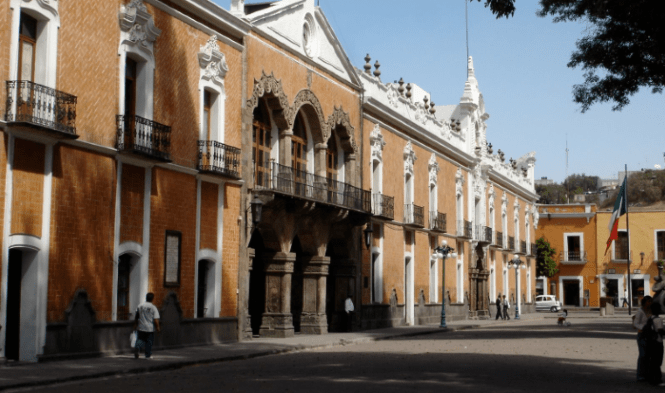The best things to do in Tlaxcala, Mexico
Discover the history and beauty of the state of Tlaxcala. The rich and diverse gastronomy as well as the music, the town fairs and the museums that enrich. Tlaxcala, the host by tradition, awaits you to live an adventure full of cultural expressions.





